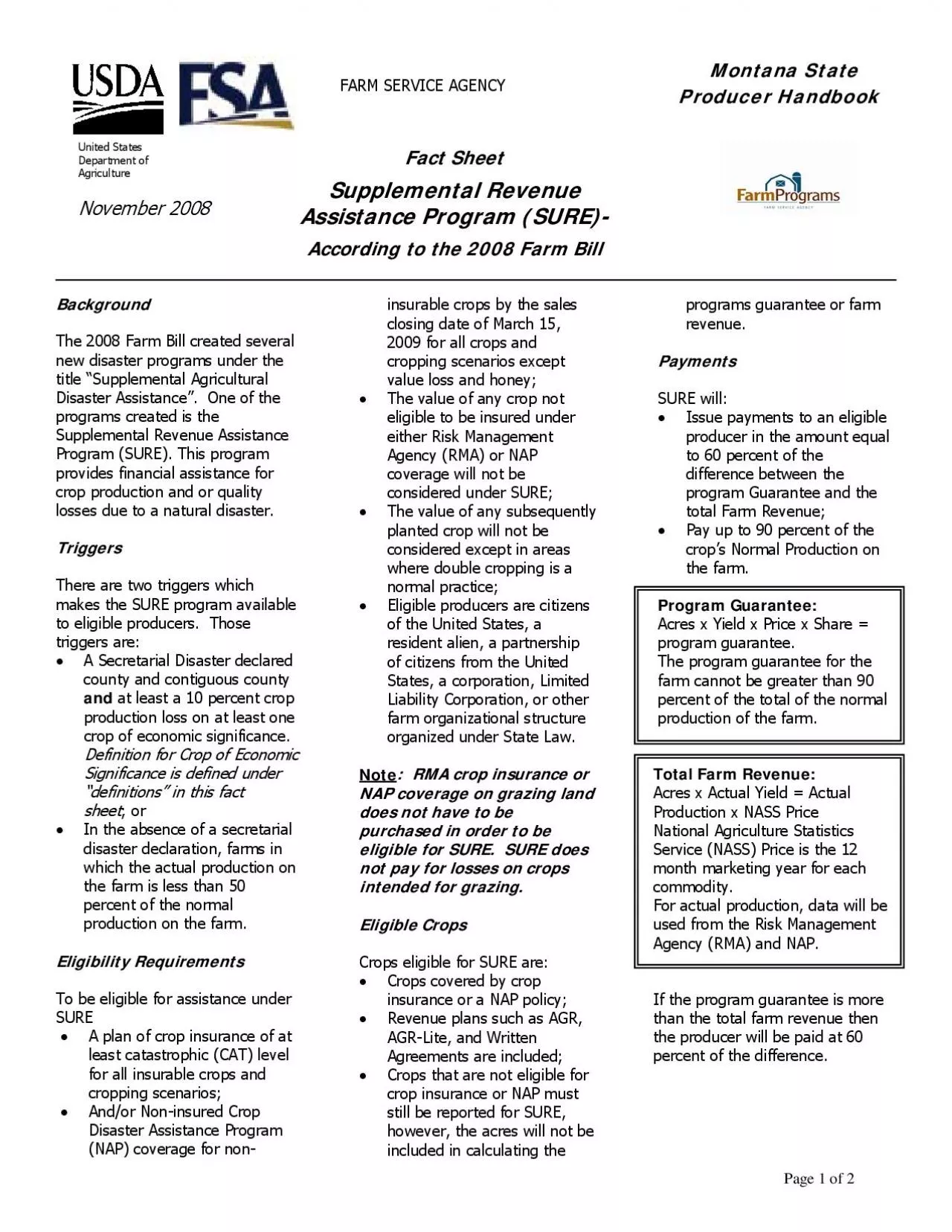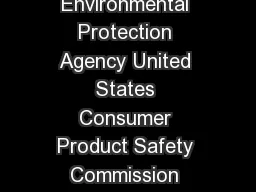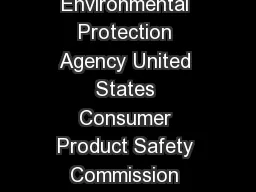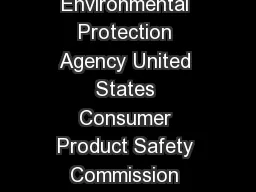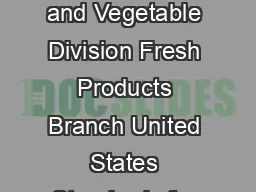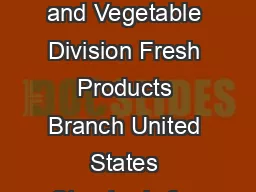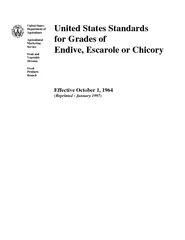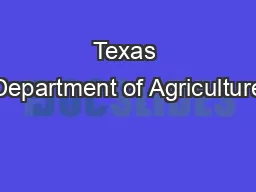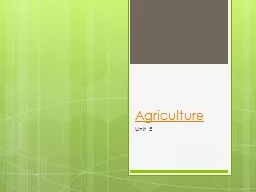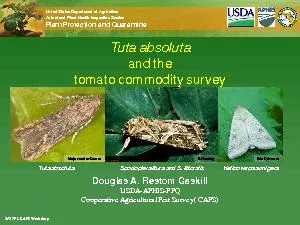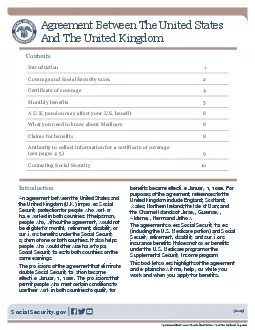PDF-United States Department of Agriculture
Author : faith | Published Date : 2021-06-05
Page 1 of 2 Supplemental Revenue According to the 2008 Farm Bill November 2008 Producer Handbook FARM SERVICE AGENC Y Background The 2008 Farm Bill created several
Presentation Embed Code
Download Presentation
Download Presentation The PPT/PDF document "United States Department of Agriculture" is the property of its rightful owner. Permission is granted to download and print the materials on this website for personal, non-commercial use only, and to display it on your personal computer provided you do not modify the materials and that you retain all copyright notices contained in the materials. By downloading content from our website, you accept the terms of this agreement.
United States Department of Agriculture: Transcript
Download Rules Of Document
"United States Department of Agriculture"The content belongs to its owner. You may download and print it for personal use, without modification, and keep all copyright notices. By downloading, you agree to these terms.
Related Documents

